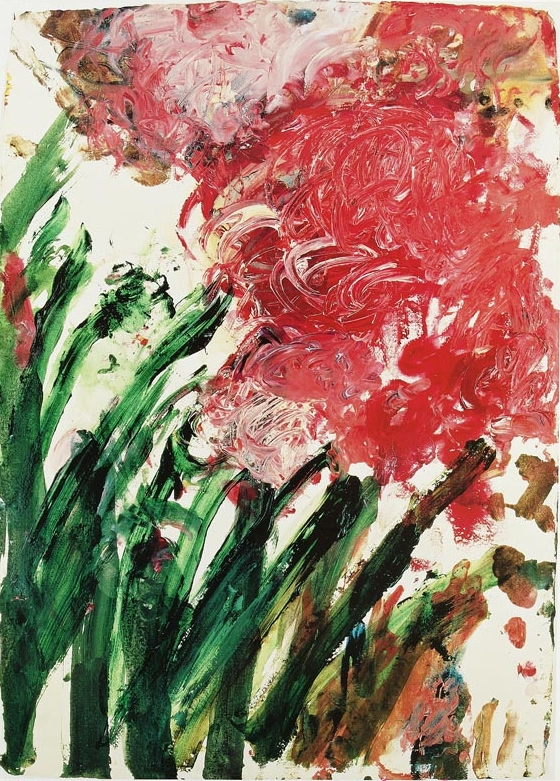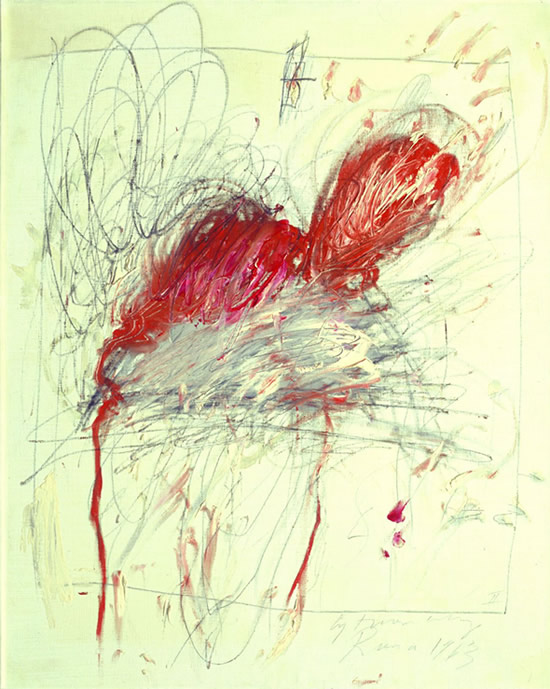1990 Liri
1990 Summer Madness
1990 Untitled
1993-4 Quattro Stagioni, Part III, Autunno
2000 Coronation of Sesostris (3)
2000 Coronation of Sesostris (10)
2001 Lepanto (1)
2005 Untitled
2005 Untitled
2005-6 III Notes from Sarah (1)
2008 The Rose II
2010 Camino Real II













































